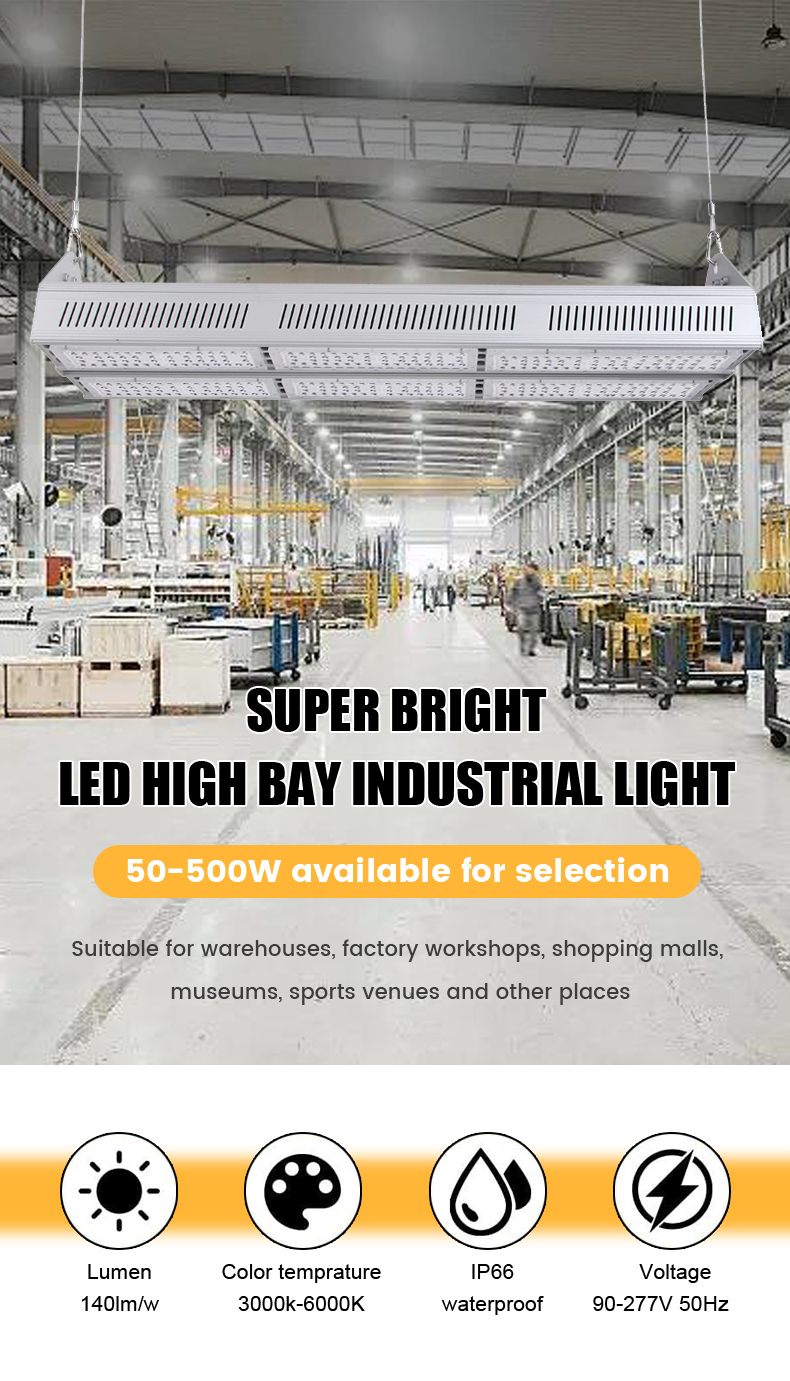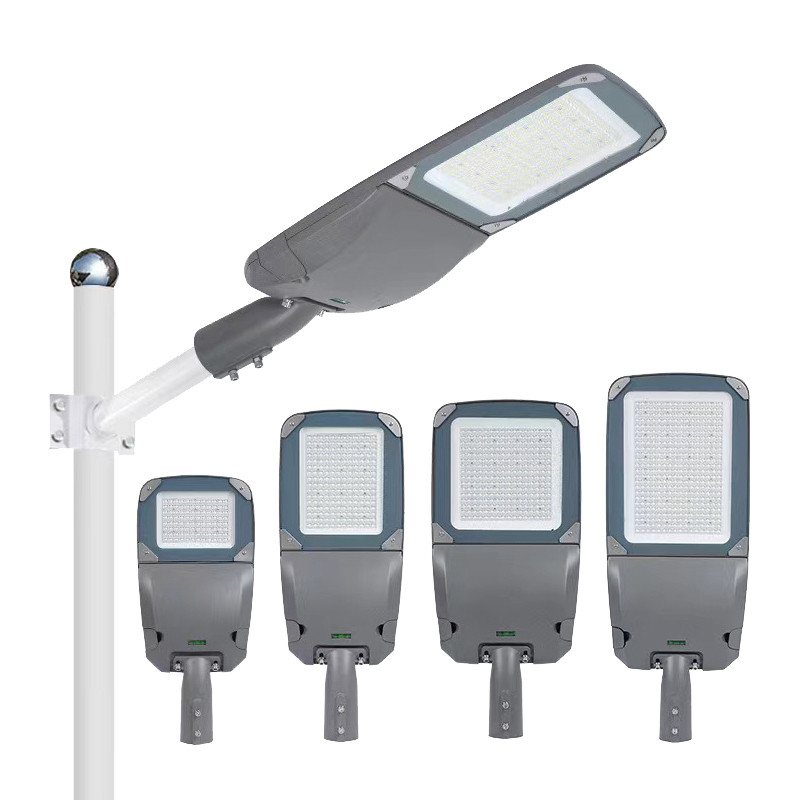Introduction to LED Street Lights and Beam Angles
LED street lighting has revolutionized urban infrastructure by offering energy-efficient, cost-effective, and environmentally friendly solutions. Among the many factors that determine the performance of LED street lamps, the beam angle plays a critical role in determining the quality, coverage, and efficiency of illumination. Understanding the concept of beam angle can help urban planners, municipalities, and businesses make informed decisions when selecting LED street lamps for various applications.
Zhongshan Hongzhun Lighting, commonly referred to as Hongzhun Lighting, is a leading manufacturer in the LED lighting industry. The company specializes in creating advanced LED street lighting solutions that cater to diverse needs, including residential neighborhoods, highways, parking lots, and industrial areas. In this article, we will explore the significance of beam angle in LED street lamps, its impact on illumination, and how Hongzhun Lighting designs their products to optimize lighting efficiency.

What Is Beam Angle in LED Lighting?
The beam angle is the angle at which light is emitted from a light source, measured in degrees. It defines the spread of light and determines how concentrated or dispersed the light will be. In the context of LED street lamps, the beam angle is crucial because it affects how light is distributed over a specific area.
For example, a narrow beam angle (e.g., 30°) produces a focused, intense light that is suitable for highlighting specific areas, such as monuments or pathways. On the other hand, a wide beam angle (e.g., 120°) spreads light over a larger area, making it ideal for general street lighting. The choice of beam angle depends on the application and the desired lighting effect.
Why Is Beam Angle Important for Street Lighting?
Beam angle directly influences the efficiency and effectiveness of street lighting. Here are some key reasons why it matters:
- Uniform Illumination: A well-chosen beam angle ensures that the light is evenly distributed across the target area, reducing dark spots and glare.
- Energy Efficiency: By optimizing the beam angle, municipalities can minimize energy wastage and lower electricity costs.
- Safety and Visibility: Proper beam angles enhance visibility for drivers, pedestrians, and cyclists, thereby improving road safety.
- Reduced Light Pollution: Controlling the beam angle helps direct light where it is needed, minimizing light spillage into unwanted areas.
Beam Angle and LED Street Lamp Design
At Hongzhun Lighting, the design process for LED street lamps involves careful consideration of beam angles to meet specific lighting requirements. The company uses advanced optical engineering to create lenses and reflectors that shape the light output for optimal performance. Here are some of the design principles followed by Hongzhun Lighting:
- Customizable Beam Angles: Hongzhun Lighting offers LED street lamps with adjustable beam angles to suit different applications, from narrow alleys to wide highways.
- Precision Optics: The use of high-quality lenses ensures that the light is directed accurately, reducing wastage and enhancing efficiency.
- Durability and Reliability: Hongzhun Lighting’s LED street lamps are designed to withstand harsh weather conditions while maintaining consistent beam angles over time.
How to Choose the Right Beam Angle for LED Street Lamps
Selecting the appropriate beam angle for an LED street lamp requires a thorough understanding of the lighting requirements for the specific application. Here are some factors to consider:
1. Area Size and Shape
The size and shape of the area to be illuminated play a significant role in determining the beam angle. For example, narrow streets may require a smaller beam angle to focus light along the path, while wide intersections may benefit from a larger beam angle for broader coverage.
2. Mounting Height
The height at which the LED street lamp is mounted affects the spread of light. Higher mounting heights typically require wider beam angles to ensure adequate coverage, while lower heights may work well with narrower angles.
3. Application Type
Different applications have unique lighting needs. For instance, residential areas may prioritize uniform, soft lighting with wider beam angles, while highways may require focused lighting with narrower angles to enhance visibility for drivers.
4. Regulatory Standards
Local regulations and standards for street lighting should also be taken into account. Many municipalities have specific requirements for beam angles, light intensity, and uniformity to ensure safety and compliance.

Industry Trends and Innovations in LED Street Lighting
The LED lighting industry is constantly evolving, with new technologies and innovations shaping the future of street lighting. Here are some of the latest trends that are influencing beam angle design and performance:
1. Smart Lighting Systems
Smart lighting systems are becoming increasingly popular in urban areas. These systems use sensors and IoT technology to adjust beam angles and light intensity based on real-time conditions, such as traffic flow and weather. Hongzhun Lighting is at the forefront of this trend, offering smart LED street lamps that integrate seamlessly with modern city infrastructure.
2. Adaptive Optics
Adaptive optics technology allows LED street lamps to dynamically adjust their beam angles to suit different scenarios. For example, during peak traffic hours, the beam angle can be widened to enhance visibility, while in low-traffic periods, it can be narrowed to conserve energy.
3. Sustainable Design
Environmental sustainability is a key focus in the LED lighting industry. Manufacturers like Hongzhun Lighting are developing eco-friendly LED street lamps with recyclable materials and energy-efficient designs. Optimizing beam angles is an integral part of this effort, as it reduces energy consumption and minimizes light pollution.
Conclusion
The beam angle is a critical factor in the design and performance of LED street lamps. It determines how light is distributed, affecting everything from energy efficiency to road safety. By understanding the importance of beam angles and considering factors such as area size, mounting height, and application type, municipalities and businesses can make informed decisions when selecting LED street lighting solutions.
Zhongshan Hongzhun Lighting (Hongzhun Lighting) is committed to delivering high-quality LED street lamps that meet the diverse needs of modern urban environments. With a focus on innovation, precision, and sustainability, Hongzhun Lighting continues to lead the way in creating advanced lighting solutions that enhance the quality of life for communities around the world.
As cities grow and evolve, the role of LED street lighting will become increasingly important. By prioritizing factors such as beam angle and embracing the latest industry trends, stakeholders can ensure that their lighting infrastructure is both efficient and effective, paving the way for a brighter, safer future.
Tags:led underwater lights,led garden lights
Post time: Feb-24-2025

